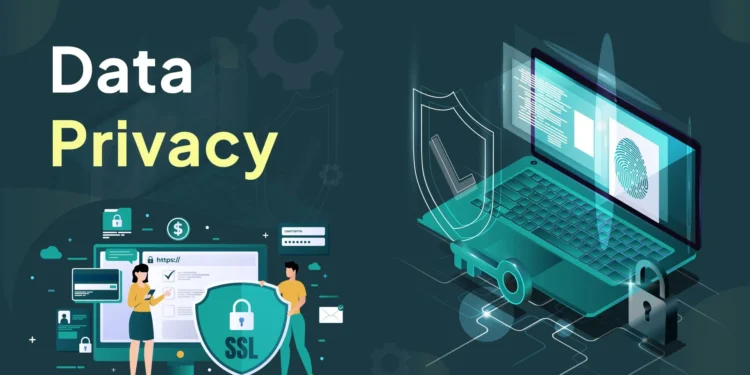Data privacy has become a critical concern in today’s digital age. With increasing data breaches, identity thefts, and cyberattacks, safeguarding personal and organizational data is more important than ever. Whether you’re an individual protecting your information or a business ensuring customer trust, adhering to best practices for data privacy is crucial.
This article outlines 90+ best practices for data privacy, organized into groups of 10 to cover every aspect of data security comprehensively. From securing personal devices to implementing robust business policies, these practices will help you minimize risks and maintain the confidentiality, integrity, and availability of sensitive information.
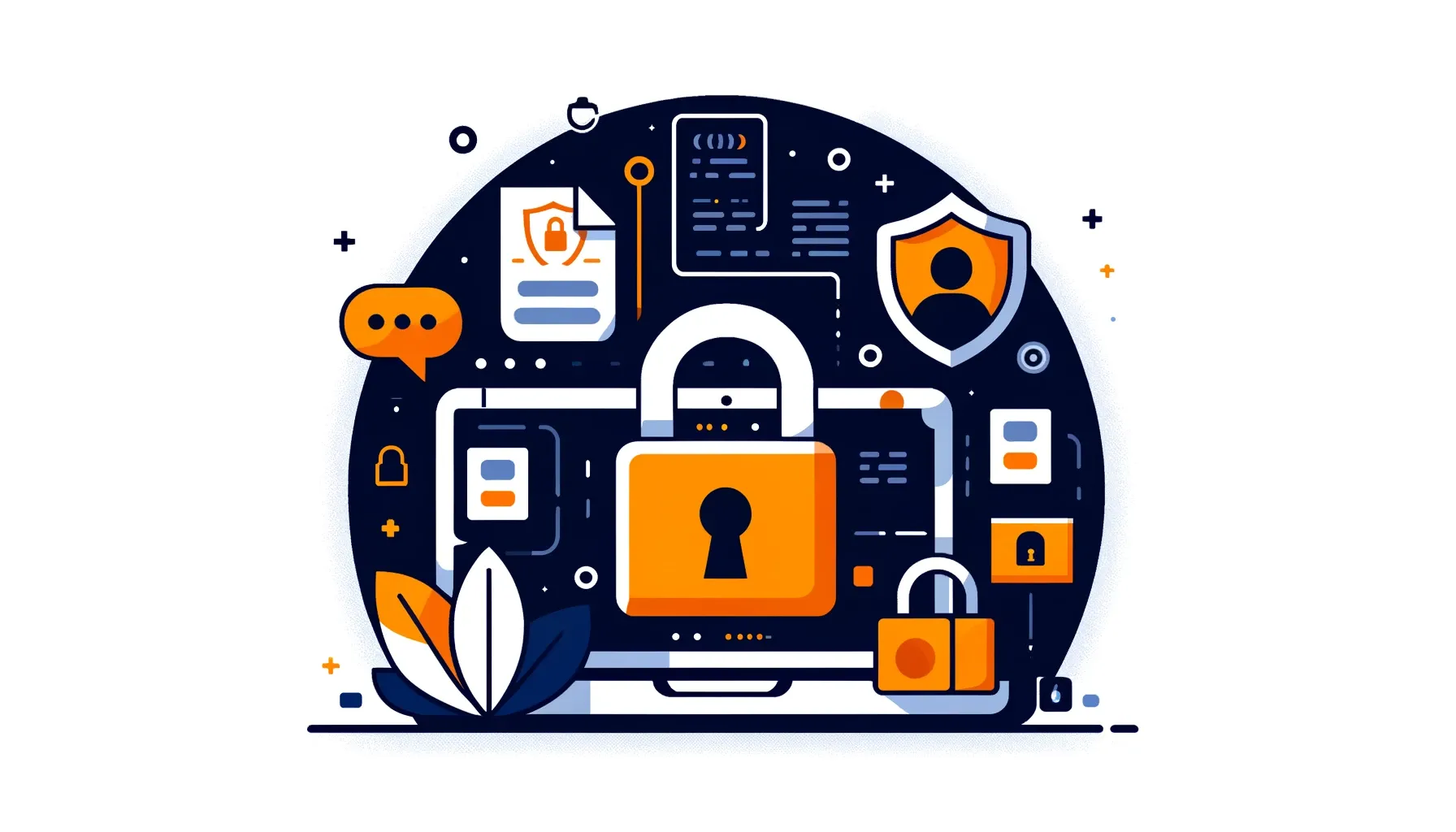
Best Practices for Securing Personal Devices
Personal devices, including smartphones, laptops, and tablets, often store sensitive data, making them prime targets for cybercriminals. Implementing these practices will ensure your personal information remains secure.
- Enable device encryption
- Encrypt your devices to protect data from unauthorized access, even if they are lost or stolen. Most modern operating systems provide built-in encryption features.
- Set strong passwords
- Use unique, complex passwords for your devices, combining uppercase letters, lowercase letters, numbers, and symbols. Avoid predictable patterns like birthdays or simple phrases.
- Enable two-factor authentication (2FA)
- Add an extra layer of security by enabling 2FA, which requires a second verification step like a code sent to your phone.
- Keep software up-to-date
- Regularly update your operating system and apps to patch vulnerabilities and protect against the latest security threats.
- Install antivirus software
- Use reputable antivirus programs to detect and block malware, ransomware, and other malicious threats targeting your devices.
- Avoid using public Wi-Fi
- Public Wi-Fi networks are often unsecured, making it easy for hackers to intercept your data. Use a Virtual Private Network (VPN) to encrypt your connection.
- Regularly back up your data
- Create backups of important files to recover them in case of device failure, theft, or cyberattacks. Use cloud services or external storage for redundancy.
- Disable Bluetooth and file sharing when not in use
- Hackers can exploit Bluetooth and file-sharing services to access your devices. Turn them off when not needed.
- Review app permissions
- Limit app permissions to only what is necessary. Avoid granting apps access to sensitive data unless absolutely required.
- Enable remote wipe features
- Activate remote wipe capabilities to erase data from your device if it’s lost or stolen, ensuring your information doesn’t fall into the wrong hands.
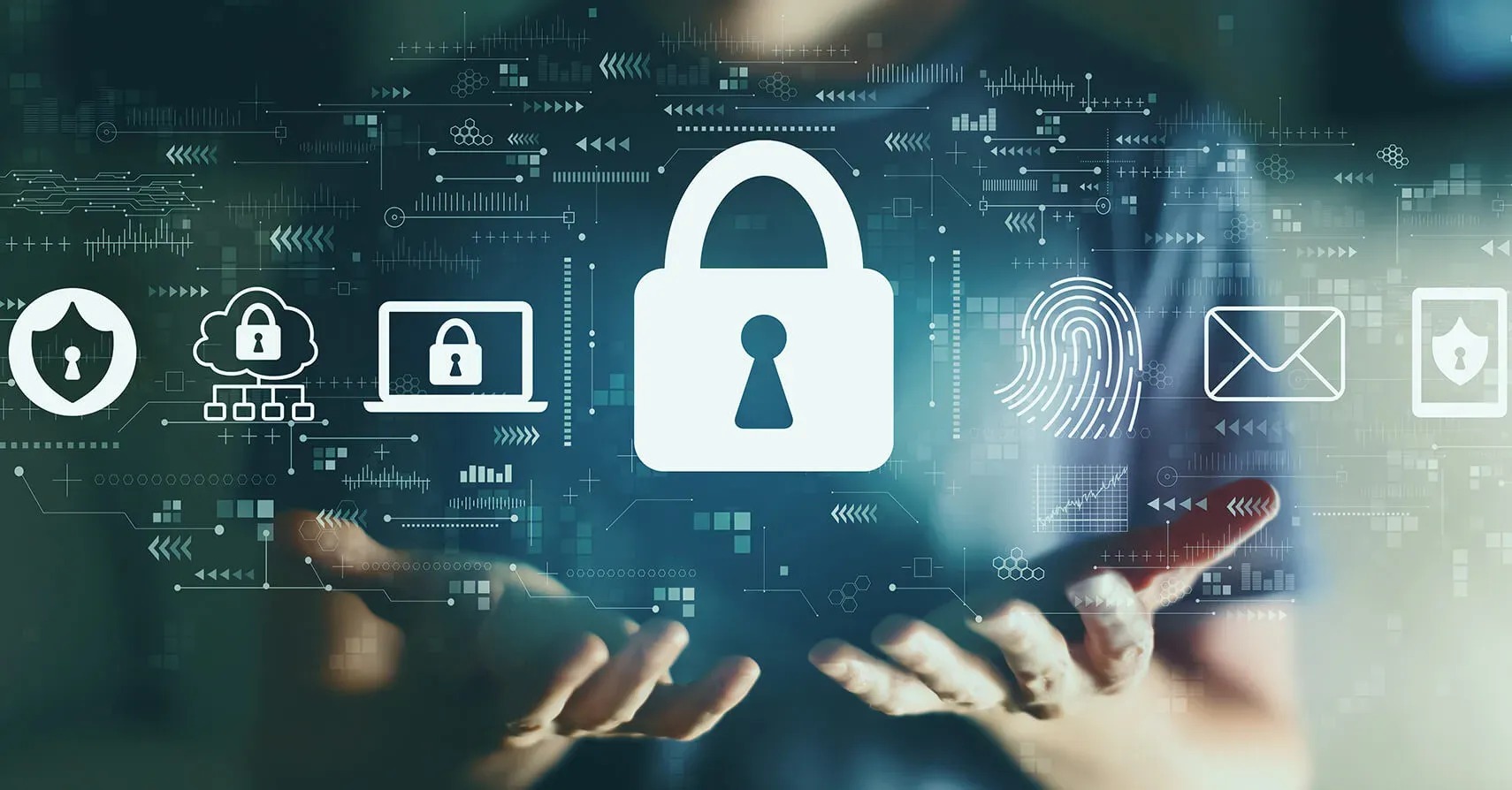
Best Practices for Protecting Online Accounts
Online accounts are a treasure trove of sensitive personal and financial information, making them a prime target for cybercriminals. From social media to banking platforms, it’s essential to take steps to secure your accounts and reduce the risk of unauthorized access. These practices will help you strengthen your online security and maintain control over your digital presence.
- Use a password manager
- Password managers like LastPass, Dashlane, or Bitwarden help generate and store complex passwords securely. By using these tools, you don’t need to rely on memory or risk reusing weak passwords across multiple accounts.
- Avoid reusing passwords across accounts
- Reusing passwords is a common mistake that increases the risk of multiple account compromises if one password is leaked. Always use unique passwords for each account to ensure that a breach in one doesn’t jeopardize the others.
- Regularly update your passwords
- Changing passwords periodically is an effective way to reduce the risk of long-term exposure from potential breaches. Focus on updating credentials for critical accounts like banking, work, and email platforms.
- Set up account recovery options
- Add recovery email addresses, security questions, or phone numbers to your accounts. These options act as a safety net, enabling you to regain access to your accounts quickly in case of lockouts or suspicious activity.
- Monitor login activity
- Many platforms provide login activity logs that display details such as the location and device used for accessing your account. Regularly reviewing this information helps detect unauthorized access and act before significant harm occurs.
- Enable login notifications
- Notifications for account logins act as real-time alerts whenever someone accesses your accounts. This feature allows you to take immediate action if you suspect a breach, such as resetting your password or contacting support.
- Avoid clicking on suspicious links
- Cybercriminals often use phishing tactics to gain access to your accounts by tricking you into clicking on malicious links. Always verify the source of an email or message before taking action, especially if it asks for login credentials.
- Verify website URLs before logging in
- Scammers often create fake websites that mimic legitimate ones to steal login credentials. Before entering sensitive information, double-check the website’s URL to ensure it’s authentic and secure (look for “https://”).
- Use multi-factor authentication (MFA)
- MFA adds an extra layer of security by requiring two or more verification steps, such as a password and a code sent to your phone. This significantly reduces the likelihood of unauthorized access, even if your password is compromised.
- Limit third-party app access
- Be cautious when granting third-party apps access to your accounts, especially on social media or email platforms. Regularly review and revoke permissions for apps you no longer use or trust.
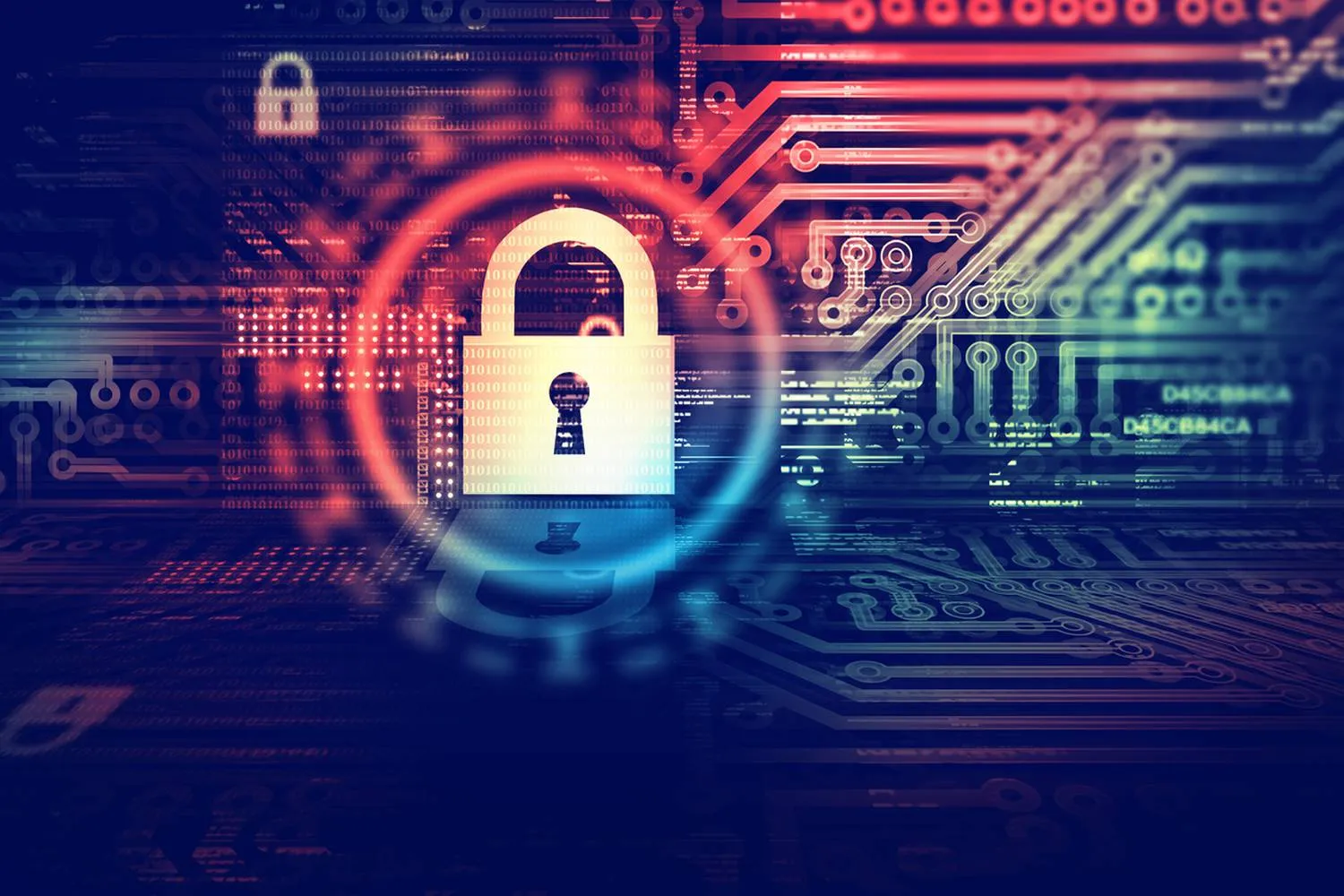
Best Practices for Safeguarding Personal Data Online
Our online activities generate vast amounts of personal data, from browsing habits to financial transactions. Without proper safeguards, this information can be exploited by hackers, advertisers, or identity thieves. Implementing these best practices will help protect your digital footprint and keep your personal information safe.
- Limit personal information shared on social media
- Avoid posting sensitive details like your address, phone number, or date of birth. These details can be used by cybercriminals for identity theft or phishing scams.
- Adjust privacy settings on social platforms
- Most social media platforms allow you to customize who can see your posts, photos, and profile information. Set your accounts to private and restrict access to trusted individuals.
- Avoid using public Wi-Fi for sensitive transactions
- Public Wi-Fi networks are vulnerable to cyberattacks. Refrain from accessing banking sites, shopping platforms, or entering personal information while on unsecured networks.
- Use a virtual private network (VPN)
- A VPN encrypts your internet connection, making it difficult for hackers to intercept your data. Use a reputable VPN service, especially when browsing on public Wi-Fi.
- Be cautious about online quizzes and surveys
- Many quizzes and surveys collect personal information that can be exploited. Avoid participating in them unless you trust the source and the purpose behind the data collection.
- Delete unused accounts
- Old, inactive accounts can become security vulnerabilities over time. Regularly review your online accounts and delete any you no longer use or need.
- Use anonymous browsing modes
- Private or incognito browsing prevents your browser from storing cookies, search history, or other data, offering an additional layer of privacy.
- Read privacy policies before sharing information
- Understanding how websites and apps use your data is essential. Take the time to read privacy policies, especially when signing up for new services.
- Be mindful of tracking cookies
- Many websites track your browsing habits through cookies. Regularly clear your cookies and adjust your browser settings to limit tracking.
- Enable browser extensions for privacy
- Extensions like Privacy Badger or uBlock Origin block trackers and ads that collect data about your online behaviour, providing enhanced privacy while browsing.
These practices will help you maintain control over your personal data and minimize exposure to potential threats online. Being vigilant about how your data is used ensures a safer digital experience.
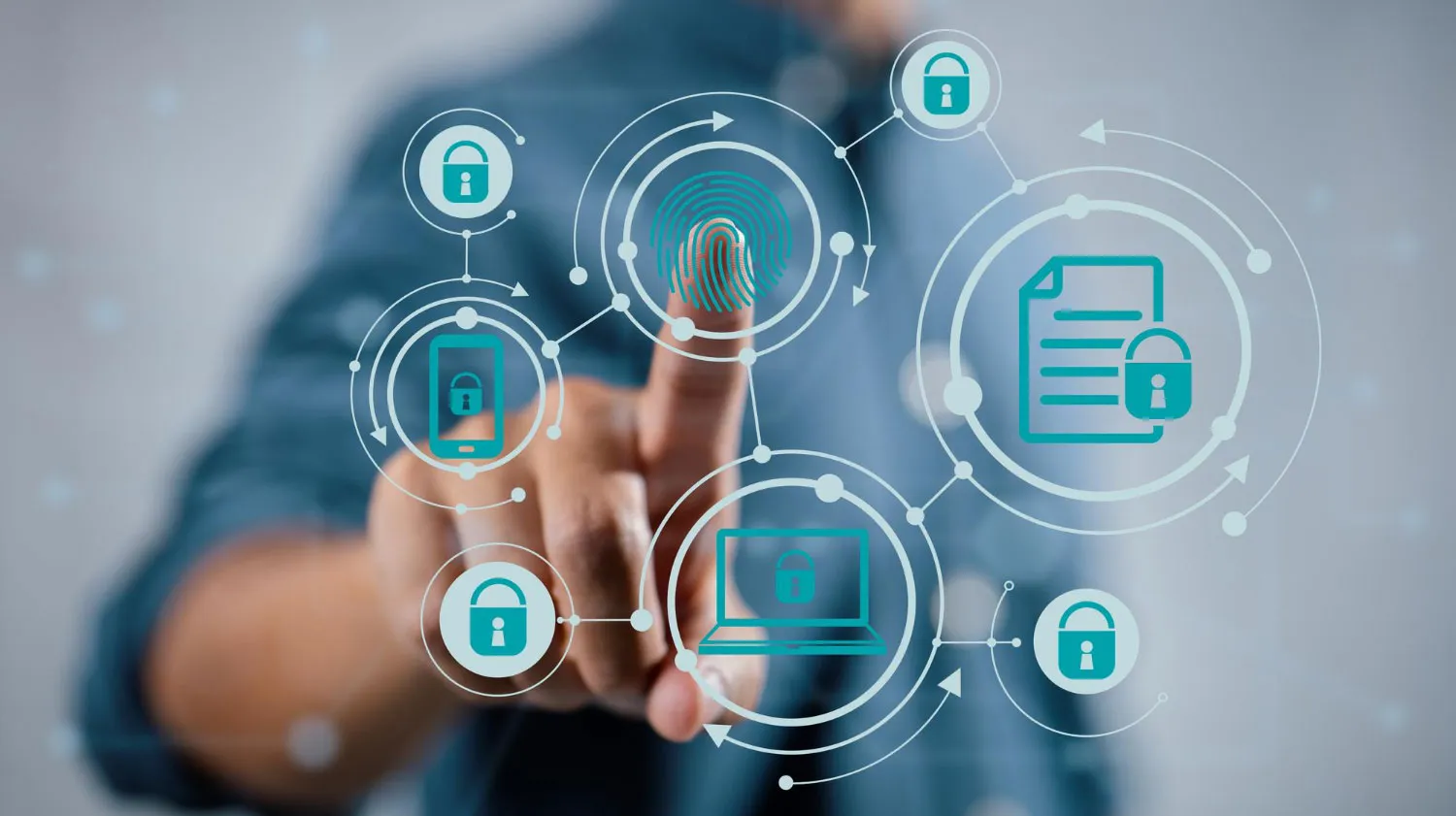
Best Practices for Business Data Protection
For businesses, protecting data is not only a responsibility but also a necessity to maintain customer trust and comply with legal standards. Cyberattacks targeting businesses can lead to financial losses, legal penalties, and reputational damage. Implementing these best practices will help businesses safeguard sensitive information and create a secure environment for employees, customers, and partners.
- Implement a robust data privacy policy
- Develop a comprehensive data privacy policy that outlines how sensitive data is collected, stored, and shared. Ensure the policy complies with legal regulations like GDPR or CCPA. Regularly update the policy to adapt to new threats and compliance requirements.
- Encrypt all sensitive business data
- Encryption ensures that data remains secure, even if it’s intercepted or stolen. Apply encryption to both stored data (at rest) and transmitted data (in transit), using industry-standard protocols like AES or SSL/TLS.
- Train employees on data security
- Conduct regular training sessions to educate employees about recognizing phishing scams, using secure passwords, and adhering to company data protection policies. A well-informed team is the first line of defense against cyber threats.
- Restrict access to sensitive data
- Use role-based access controls (RBAC) to ensure that employees only have access to the data necessary for their roles. Regularly review access permissions and revoke them for employees who no longer need them.
- Deploy endpoint security solutions
- Protect all devices connected to your network, including laptops, mobile phones, and IoT devices, with endpoint security tools. These solutions include antivirus software, firewalls, and intrusion detection systems.
- Use multi-factor authentication (MFA) for all accounts
- Require MFA for accessing sensitive systems and accounts. MFA provides an additional layer of security by requiring users to verify their identity through multiple factors, such as a password and a mobile app code.
- Monitor and log access to data
- Maintain logs of who accesses sensitive information and when. Use automated monitoring tools to identify and flag suspicious activities, such as unauthorized attempts to access restricted files.
- Regularly update and patch software
- Outdated software often contains vulnerabilities that hackers can exploit. Establish a system for regularly updating operating systems, applications, and security tools to close these security gaps.
- Conduct regular security audits and penetration tests
- Hire cybersecurity experts to perform audits and penetration testing. These assessments identify weaknesses in your systems and help you address them before cybercriminals exploit them.
- Develop an incident response plan
- Be prepared for potential data breaches by creating a detailed incident response plan. Include steps for identifying, containing, and mitigating the breach, as well as notifying affected parties and regulatory authorities.
By implementing these practices, businesses can significantly reduce the risk of data breaches and protect their reputation. A proactive approach to data security not only safeguards sensitive information but also builds trust among customers and stakeholders.
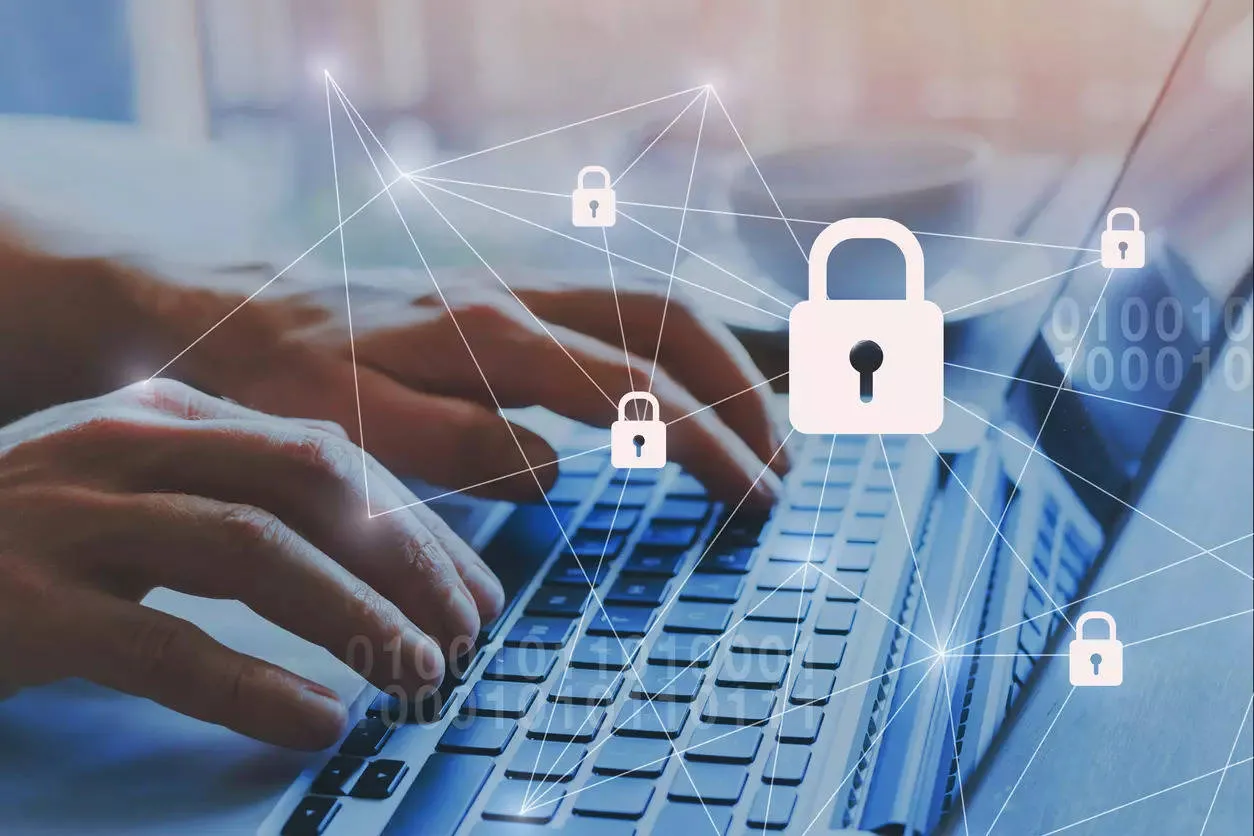
Best Practices for Cloud Security
As businesses and individuals increasingly rely on cloud services for data storage and collaboration, securing cloud environments has become a top priority. These best practices ensure that your data in the cloud remains private and protected from unauthorized access.
- Choose a reputable cloud service provider
- Select providers with strong security measures, such as data encryption, compliance certifications (ISO 27001, SOC 2), and a transparent privacy policy. Research their reputation and track record in handling data breaches.
- Encrypt data before uploading to the cloud
- While most cloud services provide encryption, encrypt sensitive files locally before uploading them to add an extra layer of protection. Use tools like Cryptomator or VeraCrypt for this purpose.
- Enable two-factor authentication for cloud accounts
- Secure your cloud accounts with two-factor authentication (2FA). This ensures that even if your password is compromised, attackers cannot gain access without the second verification step.
- Regularly audit access permissions
- Review who has access to your cloud data and remove permissions for inactive users or third-party apps. Limit access to sensitive data to only those who need it.
- Set up activity monitoring and alerts
- Enable activity monitoring features provided by your cloud service. Receive alerts for unusual activities, such as logins from unfamiliar locations or excessive file downloads, to detect potential breaches early.
- Implement data loss prevention (DLP) policies
- Use DLP tools to monitor and control the movement of sensitive data within your cloud environment. These policies prevent accidental or unauthorized sharing of critical information.
- Back up cloud data regularly
- Maintain backups of important data stored in the cloud. Use a secondary cloud service or local storage to ensure you can recover files in case of accidental deletion, ransomware attacks, or service outages.
- Secure API integrations
- If you use APIs to connect cloud services with other applications, ensure they are secured with strong authentication, encryption, and regular vulnerability assessments.
- Understand shared responsibility models
- Cloud providers often use a shared responsibility model, where they secure the infrastructure, but you are responsible for securing the data and accounts. Familiarize yourself with your role in maintaining security.
- Use private or hybrid cloud setups for sensitive data
- For highly sensitive information, consider using private clouds or hybrid cloud configurations. These setups provide greater control over data security while leveraging cloud benefits.
Implementing these cloud security best practices ensures your data remains safe while benefiting from the convenience and scalability of cloud services.
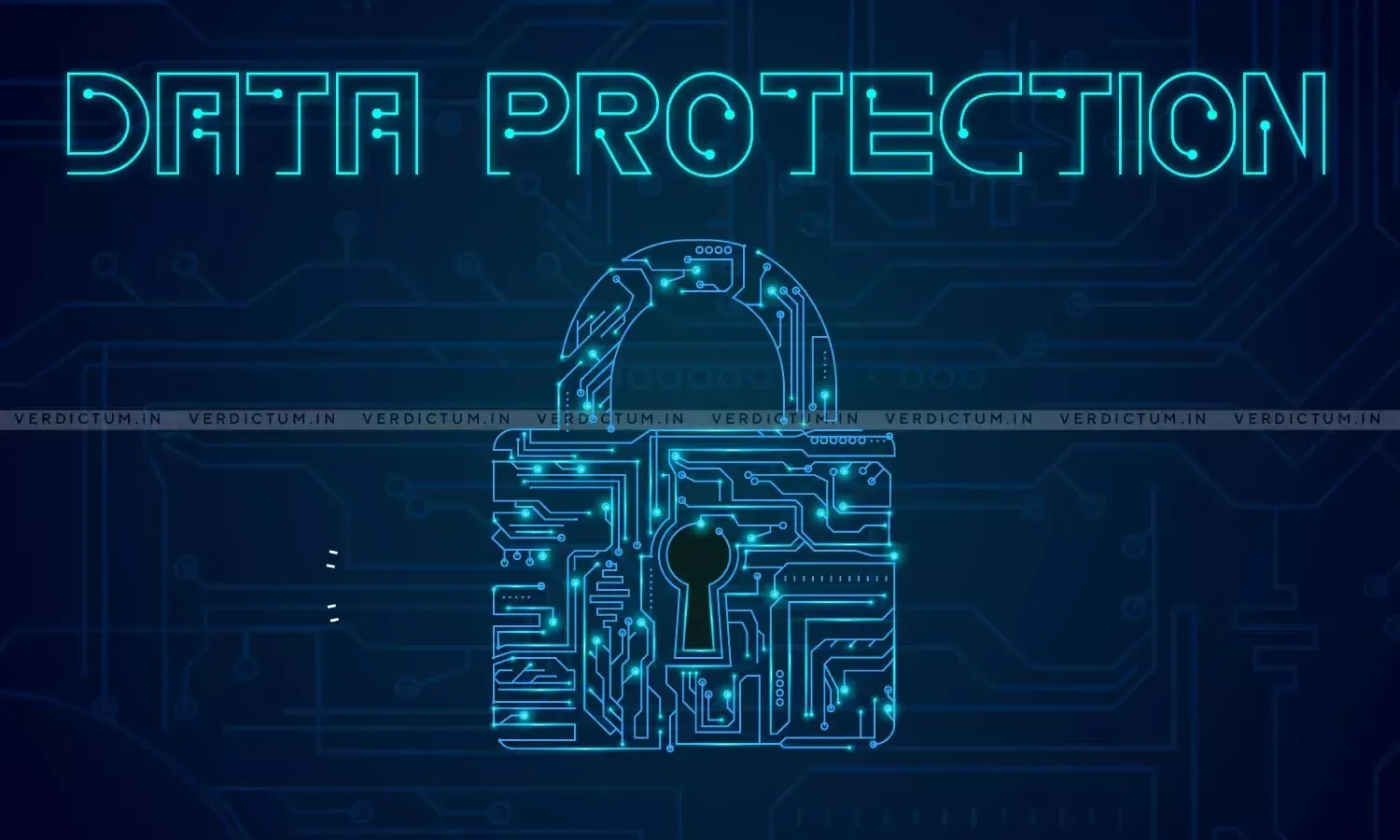
Best Practices for Data Privacy in Emails and Communication
Email communication remains one of the most common channels for cyberattacks, including phishing, spoofing, and malware distribution. Protecting sensitive information shared via email and other communication platforms is essential for maintaining data privacy. These best practices will help you secure your digital communications.
- Use encryption for sensitive emails
- Enable end-to-end encryption to ensure that only the intended recipient can read your email. Tools like ProtonMail, Tutanota, or S/MIME offer strong encryption for secure communication.
- Verify email senders before responding
- Always double-check the sender’s email address, especially if they request sensitive information. Cybercriminals often use spoofed addresses that look legitimate but are fraudulent.
- Avoid sharing sensitive data over email
- Whenever possible, use secure file-sharing platforms or encrypted messaging apps for sharing sensitive information instead of email.
- Be cautious of email attachments
- Avoid opening unexpected attachments, especially from unknown senders. Attachments can contain malware or viruses. Scan all files with antivirus software before downloading.
- Enable two-factor authentication for email accounts
- Protect your email account with 2FA to prevent unauthorized access, even if your password is compromised. Use apps like Google Authenticator or Authy for added security.
- Use professional email addresses for business
- Avoid using personal email addresses for professional communication. Professional email services like Microsoft Outlook or G Suite provide better security features and compliance tools.
- Regularly update email account passwords
- Change your email passwords periodically and ensure they are strong and unique. Avoid reusing old passwords for added security.
- Report phishing emails promptly
- If you receive a suspicious email, report it to your email provider or IT department. Prompt reporting can help prevent potential attacks on others.
- Use spam filters effectively
- Enable spam filters to block phishing and unsolicited emails. Adjust the settings to ensure legitimate emails are not marked as spam.
- Avoid clicking on email links
- Instead of clicking on links in emails, type the website’s address directly into your browser. This reduces the risk of being redirected to malicious sites.
By following these practices, you can secure your email communication and prevent unauthorized access to sensitive information shared through emails.
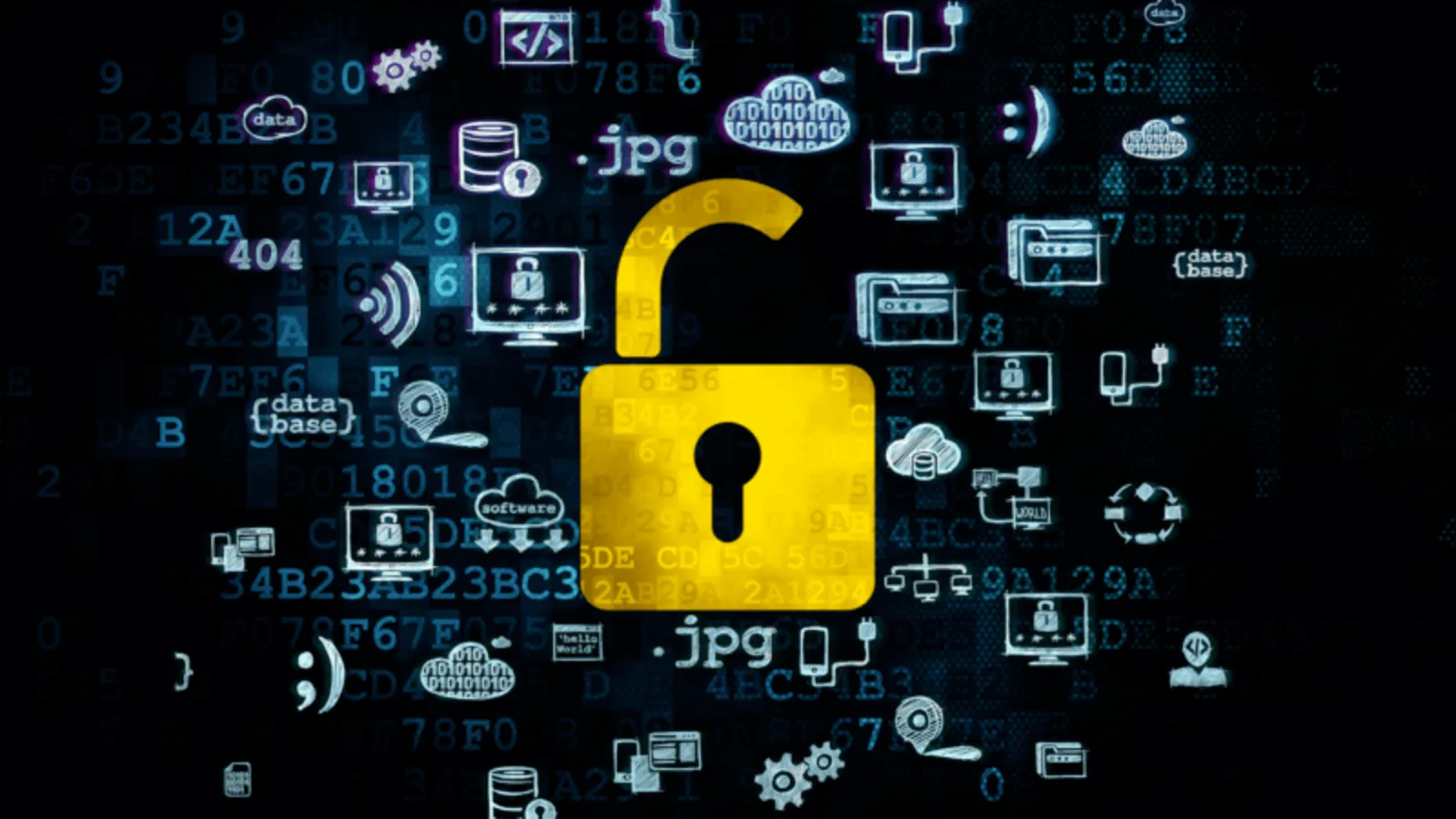
Best Practices for Physical Data Security
While digital threats are common, physical security remains a critical component of data privacy. Protecting physical access to sensitive information ensures that your data stays secure, even in offline environments. These best practices will help safeguard physical assets like documents, storage devices, and workstations.
- Store sensitive documents in secure locations
- Keep important files, contracts, and records in locked cabinets or safes. Limit access to authorized personnel only.
- Shred documents before disposal
- Use a cross-cut shredder to destroy physical documents containing sensitive information before discarding them. This prevents dumpster diving attacks.
- Secure laptops and mobile devices
- Use security cables or lockable storage units to secure laptops and devices in public or shared spaces.
- Implement clean desk policies
- Ensure employees clear their desks of sensitive documents and storage devices at the end of the day. This reduces the risk of unauthorized access.
- Label sensitive files appropriately
- Mark physical files containing confidential information as “Sensitive” or “Confidential” to signal the need for careful handling.
- Install physical access controls
- Use locks, access cards, or biometric scanners to restrict entry to areas where sensitive data is stored or processed.
- Limit USB port access
- Disable or lock USB ports on public-facing computers to prevent unauthorized data transfers.
- Conduct regular security audits
- Perform physical security checks to identify vulnerabilities in office spaces, storage rooms, or server facilities.
- Log access to physical records
- Maintain a log of who accesses sensitive documents, when, and for what purpose. This creates accountability and helps detect unusual activity.
- Secure printers and fax machines
- Configure printers and fax machines to store sensitive print jobs in a secure queue, requiring a user PIN to release them.
Physical security is a vital component of data privacy, ensuring that sensitive information remains safe from theft, loss, or unauthorized access in the physical world.
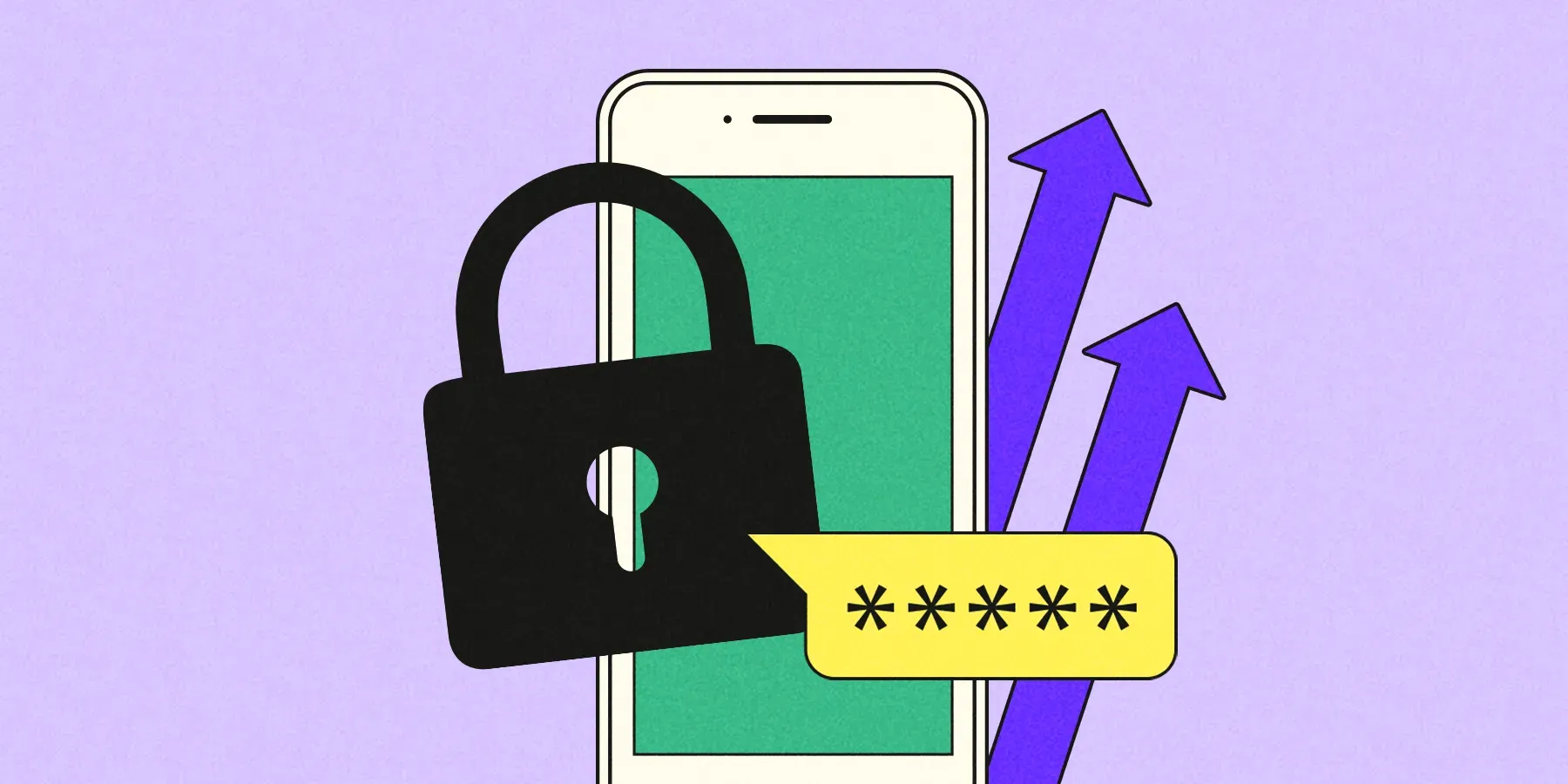
Best Practices for Protecting Data on Social Media
Social media platforms are rich sources of personal data and often targeted by cybercriminals. Protecting your privacy on social media ensures your personal and professional information isn’t misused. These practices will help you secure your online presence.
- Set profiles to private
- Restrict access to your posts, photos, and personal information by setting your accounts to private. Share content only with trusted friends and followers.
- Be cautious about friend requests
- Avoid accepting friend requests from unknown individuals. Fake accounts are often used to gather information or execute phishing schemes.
- Review and adjust privacy settings
- Regularly check your account settings to control who can see your posts, tag you in photos, or contact you.
- Limit the information in your bio
- Avoid including sensitive details like your address, phone number, or workplace in your social media bio.
- Disable location sharing
- Turn off location tagging to prevent others from knowing your real-time whereabouts, which can be a safety risk.
- Think before you post
- Avoid sharing content that reveals personal habits, routines, or financial details. What you post can be used to build a profile on you.
- Enable login alerts
- Set up notifications for logins to your social media accounts. This helps detect unauthorized access quickly.
- Avoid third-party app logins
- Refrain from using your social media accounts to log into third-party apps. These integrations can expose your data to unnecessary risks.
- Regularly review connected apps
- Check and remove apps linked to your social media accounts that no longer need access to your data.
- Report fake profiles
- If you encounter fake accounts impersonating you or others, report them immediately to the platform for removal.
By following these practices, you can enjoy the benefits of social media while maintaining control over your personal information.
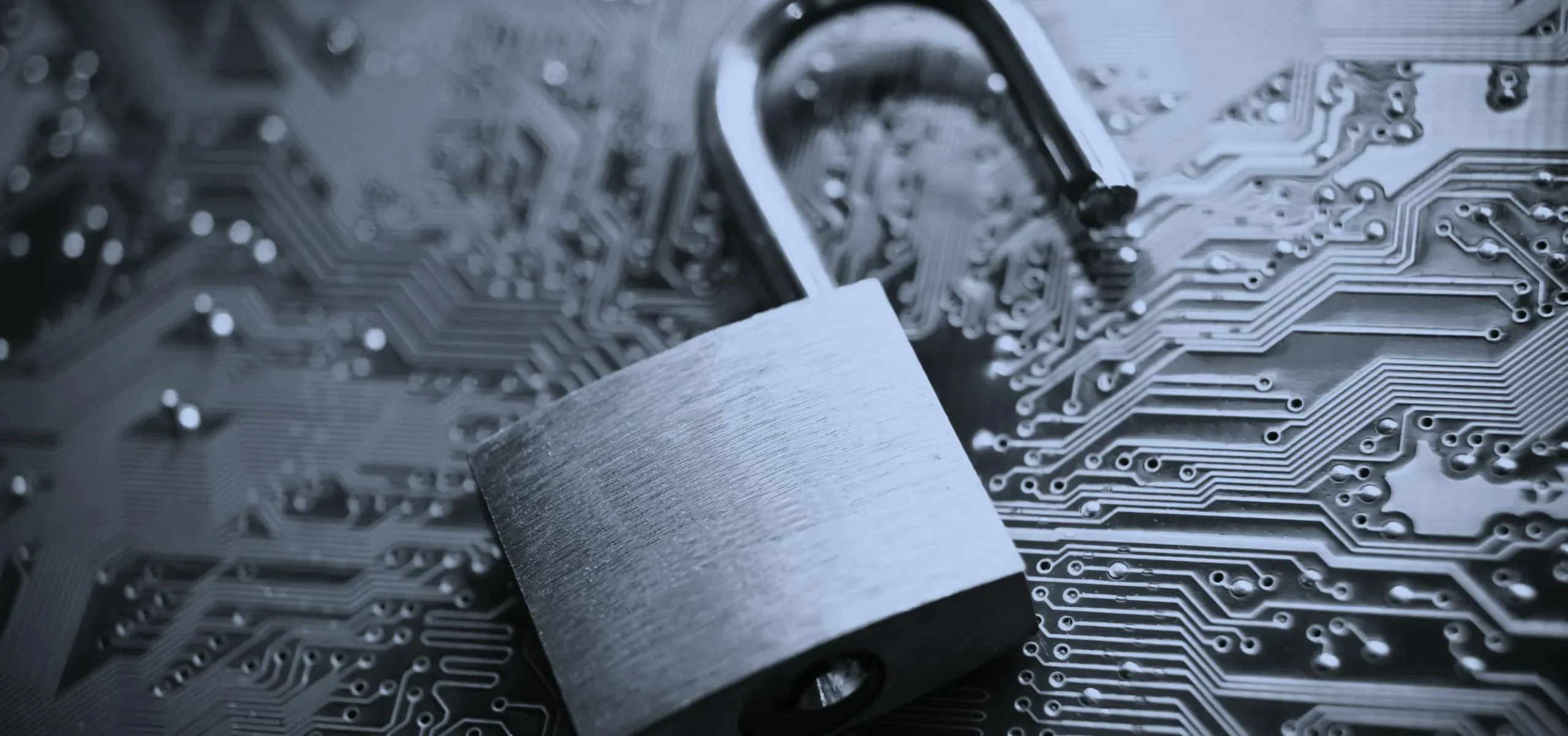
Best Practices for Mobile Data Security
With the increasing reliance on smartphones for everything from banking to communication, mobile devices have become a major target for cybercriminals. Protecting your mobile data is essential to maintaining privacy and preventing unauthorized access. These practices will help you secure your mobile devices effectively.
- Install apps only from trusted sources
- Download apps exclusively from official app stores like Google Play or Apple’s App Store. Avoid third-party app stores, as they often host malicious software.
- Regularly update your mobile OS
- Keep your mobile operating system up-to-date to ensure you have the latest security patches and protections against vulnerabilities.
- Avoid jailbreaking or rooting your device
- While it might seem tempting to unlock additional features, jailbreaking or rooting weakens your device’s security and exposes it to potential threats.
- Enable remote tracking and wiping
- Activate features like Find My iPhone or Find My Device on Android. These tools allow you to locate, lock, or erase your device if it’s lost or stolen.
- Use secure messaging apps
- Opt for messaging apps with end-to-end encryption, such as Signal or WhatsApp, to ensure your conversations remain private.
- Be cautious with mobile payment apps
- Use trusted mobile payment platforms like Apple Pay or Google Pay. Ensure transactions are conducted over secure connections, avoiding public Wi-Fi.
- Monitor app permissions regularly
- Review the permissions granted to each app and revoke unnecessary access to sensitive data like your camera, microphone, or location.
- Disable automatic connections to open Wi-Fi
- Prevent your device from automatically connecting to unsecured public Wi-Fi networks by adjusting your Wi-Fi settings.
- Set strong PINs or biometric locks
- Use secure PINs, patterns, or biometric authentication like fingerprints or facial recognition to lock your device. Avoid simple or predictable patterns.
- Install mobile security software
- Use reputable mobile security apps that provide antivirus protection, malware detection, and anti-phishing tools for comprehensive security.
Implementing these mobile data security practices will ensure your personal information stays protected, even in the event of theft or cyberattacks.
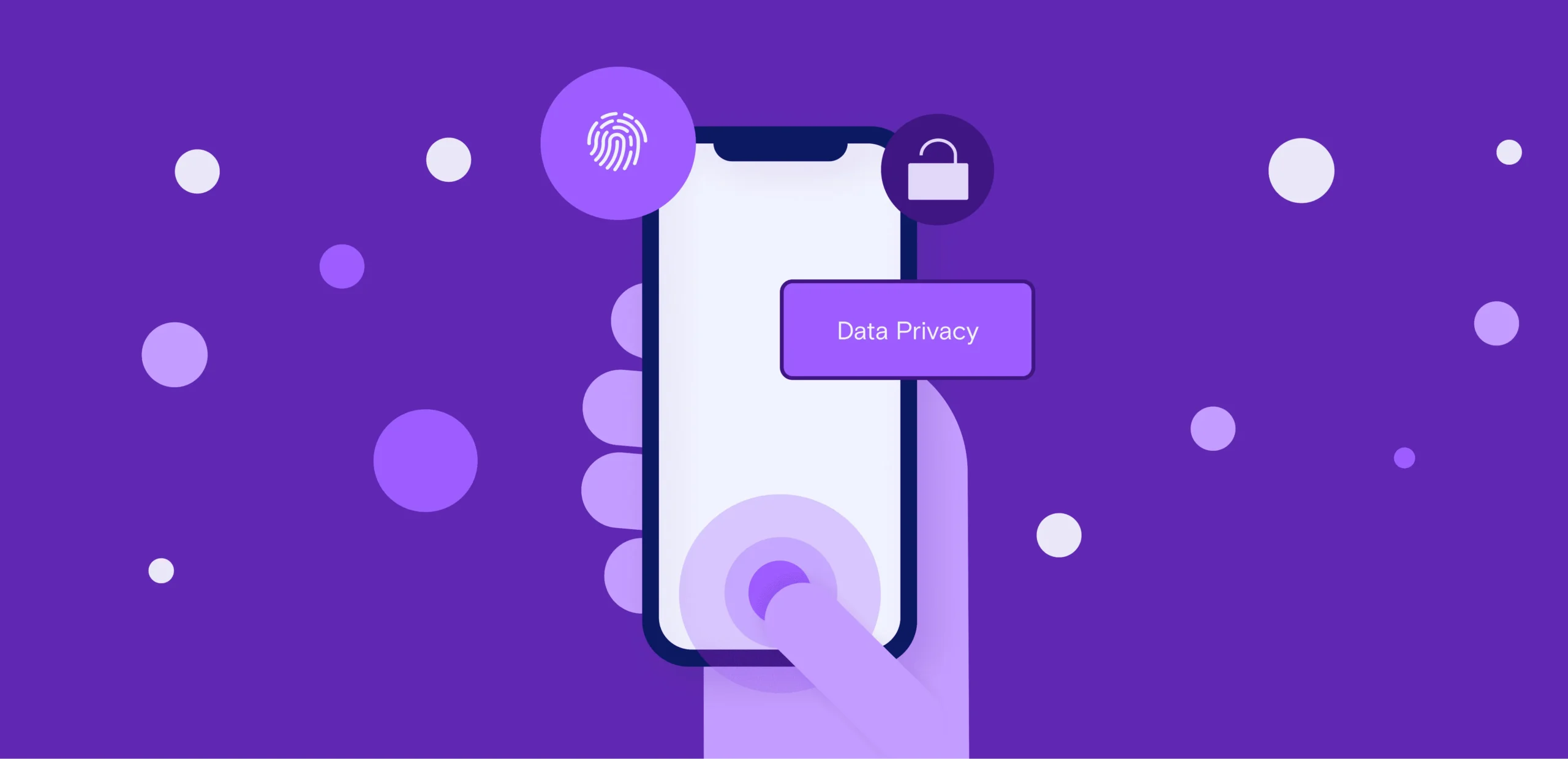
Best Practices for IoT and Smart Device Security
The rise of Internet of Things (IoT) devices, such as smart home systems, wearable devices, and connected appliances, brings convenience but also new security challenges. Protecting these devices ensures they don’t become entry points for cybercriminals.
- Change default passwords on IoT devices
- Many IoT devices come with default passwords that are easy to guess. Change them immediately to strong, unique passwords.
- Keep IoT firmware updated
- Manufacturers release firmware updates to fix vulnerabilities and enhance security. Regularly check for and install these updates.
- Secure your home network
- Use a strong password for your Wi-Fi network and enable WPA3 encryption. Consider creating a separate network for IoT devices.
- Disable unnecessary features
- Turn off features like remote access or voice activation if you don’t use them. This minimizes potential attack surfaces.
- Monitor connected devices regularly
- Keep track of all devices connected to your network. Remove any unknown or unused devices immediately.
- Use IoT-specific security solutions
- Consider installing software or hardware solutions designed to monitor and secure IoT devices, such as firewalls or security hubs.
- Avoid using IoT devices on public Wi-Fi
- Public Wi-Fi networks are insecure and can expose your IoT devices to unauthorized access. Use a VPN if necessary.
- Review privacy policies of smart devices
- Understand what data your IoT devices collect and how it’s used. Opt for devices from manufacturers that prioritize privacy.
- Enable multi-factor authentication for IoT apps
- If your IoT device connects to a mobile app, ensure the app has multi-factor authentication enabled to prevent unauthorized access.
- Turn off IoT devices when not in use
- Power down devices like smart cameras or assistants when they’re not needed. This reduces the risk of unauthorized access and saves energy.
Securing IoT devices ensures your smart home remains a haven of convenience and not a vulnerability to cyberattacks.
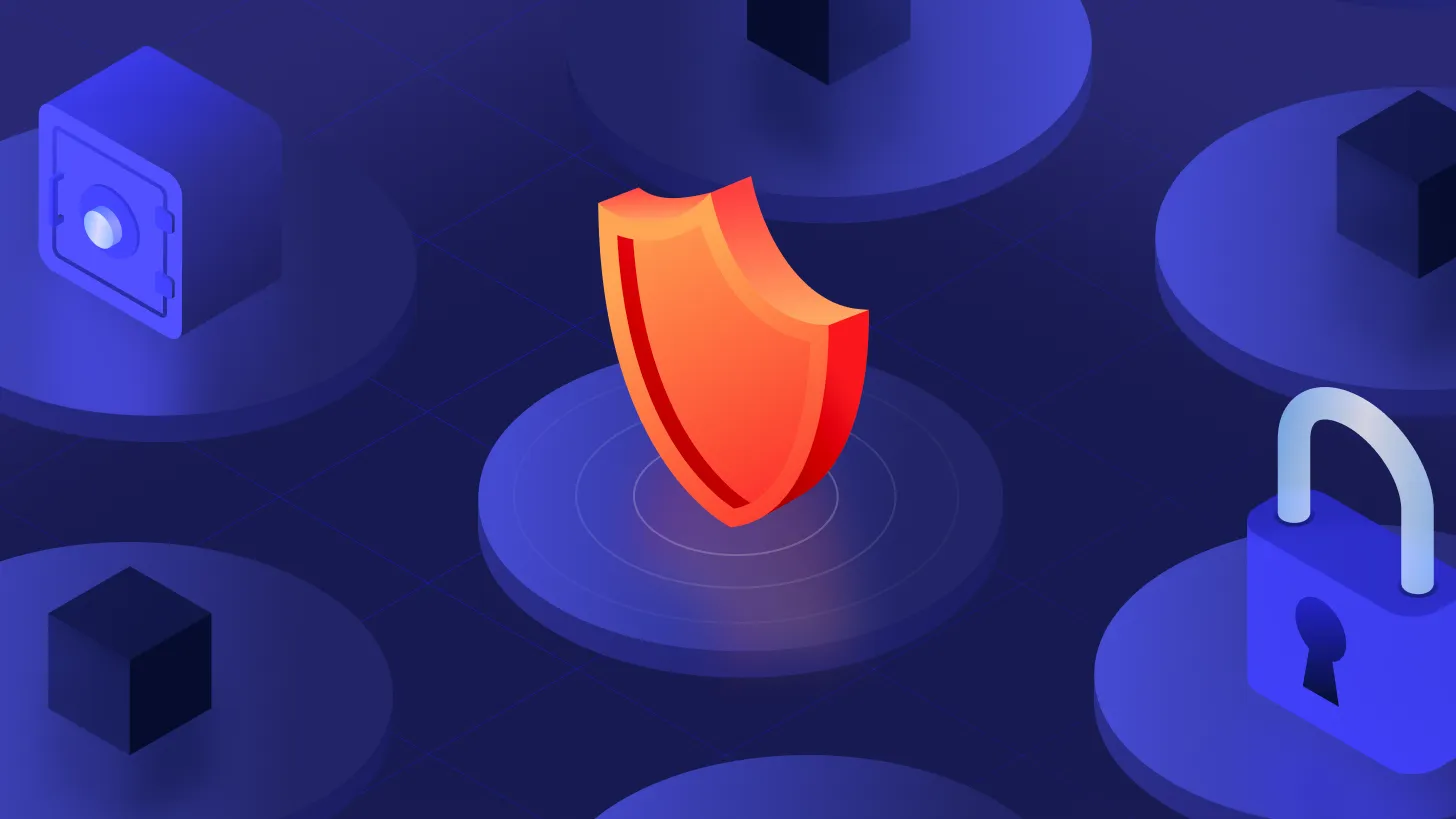
Data privacy is no longer optional—it’s a necessity in the digital age. Implementing these 90+ best practices for data privacy helps protect personal, business, and digital assets from evolving threats.
Whether you’re securing devices, managing online accounts, or fortifying IoT systems, these strategies empower you to stay one step ahead of cybercriminals. By adopting proactive measures and staying informed about emerging threats, you can maintain control over your data and enjoy the benefits of technology without compromising your privacy. Start implementing these practices today for a safer and more secure digital life.

